The WPJ
THE WORLD PROPERTY JOURNALReal Estate Facts Not Fiction
Featured Columnists

Mesa Verde: Where the Ancients Still Walk
» Featured Columnists | By Steve Winston | January 3, 2013 9:00 AM ET
In this silent place of towering mountains, golden canyons, and herds of wild animals, the ancients who've been gone a thousand years still walk.
Â
They still walk amidst the sheer cliff dwellings they once inhabited. They still walk amidst the six-story towers they once built for protection. They still walk among the bears, coyotes, lizards, deer, and herds of wild horses that roam their old hunting grounds. They still walk among the dried-mud ruins of thousand-year-old villages in which they once laughed, cried, buried their dead, and gave birth to their children.
Â
In Mesa Verde National Park, in southwestern Colorado, you can feel their presence. You can almost hear their voices. And you can see the civilizations they left for us to wander...and to wonder.
Â
Here, you can see the artifacts, ceremonial objects, and animal bones they left behind, in the richest archaeological region in America - some 20,000 archaeological sites.
Â
Pueblo peoples farmed this arid land - akin to the lands in Arizona and New Mexico - until the 1300's. They grew corn, beans, and squash, and hunted wild turkey and deer. Then they disappeared.
Â
Some of them apparently morphed into what we know today as the Ute Tribe, whose reservation takes up much of this national park. (And, by the way, when you see the mesa on which they live, you won't have to ask where Mesa Verde National Park got its name; this enormous hump of mountains and canyons and cliff dwellings stretches on for more than twenty miles.)
Â
Ute guides will take you off the beaten track and into the Tribal Park, where you'll see the ancient cities constructed right into cliffs, the alleys passageways, the artifacts gathered in places along the trails, and the rock art drawn by the ancients. At the isolated Far View site, you can walk through a once-thriving farming community where the mortar and mud foundations still stand.
Â
In this part of the Four Corners region of the Southwest, anchored by the tiny town of Cortez, there are a number of interesting surprises. At Crabapple Farm, the owners are bringing back from near-extinction a breed of Navajo sheep called Churro. At the Anasazi Heritage Center, you'll get a good insight into who the cliff-dwellers were, where they came from, and what they left behind. At the Crow Canyon Archaeological Center, you'll be able to touch thousand-year-old artifacts; to see how they're collected, cataloged, and stored; and to see ancient mounds where some discoveries were made.
Â
At Shadow Ranch, you'll see a thriving alpaca-raising operation. And you might relax with a glass of lemonade with the owners on their front porch, where hummingbirds will hover above you like miniature helicopters as they drink from tiny overhead fountains.
Â
It's also a good idea to spend a few nights at the Far View Lodge in the park, where the views are extremely "far," and the award-winning Metate Room serves local game and produce.
Â
Spend an afternoon at Canyon of the Ancients Guest Ranch in McElmo Canyon, a 2,000-acre working ranch. You'll get a tour of the ranch on the back of a pickup (although you might prefer the old Model-T truck sitting there!).
Â
Cross the state line into Utah, past the small reservation schools and abandoned old general stores once run by legendary characters. Stop at Hovenweep National Monument, with astounding six-story towers built by the pueblo peoples, and still standing silent sentinel over a deep gorge with extensive cliff dwellings.
Â
The town of Cortez has a surprising number of good restaurants, including several sushi houses, the Dolores River Brewery and its beautiful patio (try the elk or the chicken-fried steak!), and The Farm, offering locally-grown organic food. There are several hotels, a tiny old movie house, and a couple of good Southwestern galleries. And there's even a winery here. The family-run Guy Drew Vineyards is managing to coax wonderful grapes from this arid soil, and they'll gladly host you for a tasting. Â
Â
This is a land of 100-mile vistas; of deep silence; of dramatic colors and shapes; of coyotes that will amble leisurely across the road right in front of you; and of wild herds of magnificent black horses.Â
Â
And, of course, the ancients...who are still watching!
Sign Up Free | The WPJ Weekly Newsletter
Relevant real estate news.
Actionable market intelligence.
Right to your inbox every week.
Real Estate Listings Showcase

$1,475,000
Townhome For Sale
Phoenix, Arizona
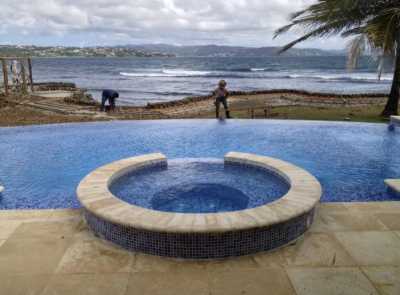
$1,400,000
Vacation Villas For Sale
Lowlands, Trinidad and Tobago

$740,000
Home For Sale
West Palm Beach, Florida

$8,195,000
Home For Sale
Isle of Palms, South Carolina
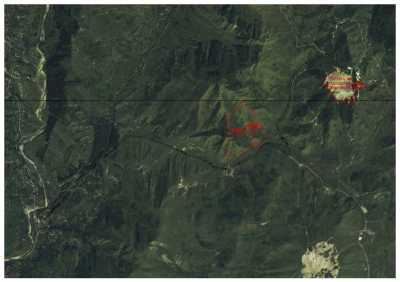
€1,600,000
Residential Land For Sale
Scortoasa, Romania
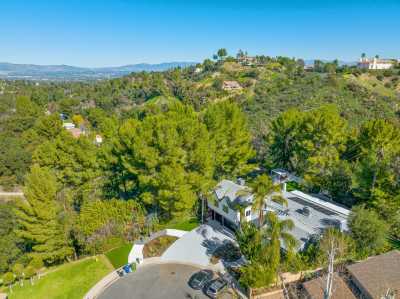
$2,620,000
Home For Sale
Tarzana, California

$350
Home For Rent
Lake Arrowhead, California
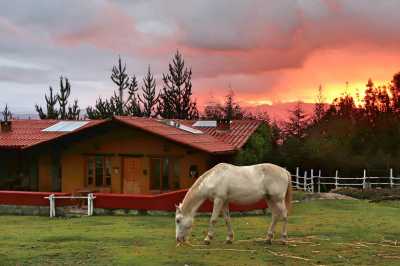
$1,350,000
Mixed Use For Sale
Huaraz, Peru
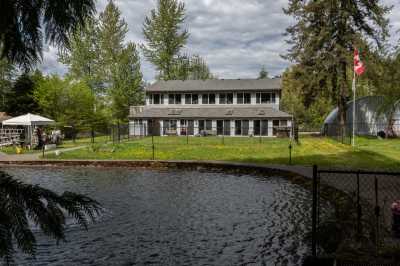
5,300,000 CAD
Home For Sale
Mission, Canada
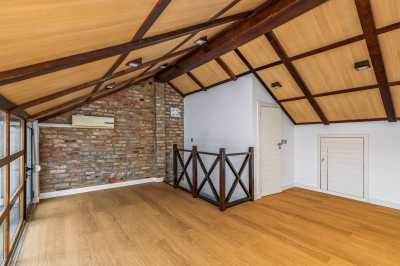
€800,000
Apartment For Sale
Lisboa, Portugal

$750,000
Mixed Use For Sale
Corozal, Belize

$2,800,000
Commercial New Construction For Sale
General Luna, Philippines





